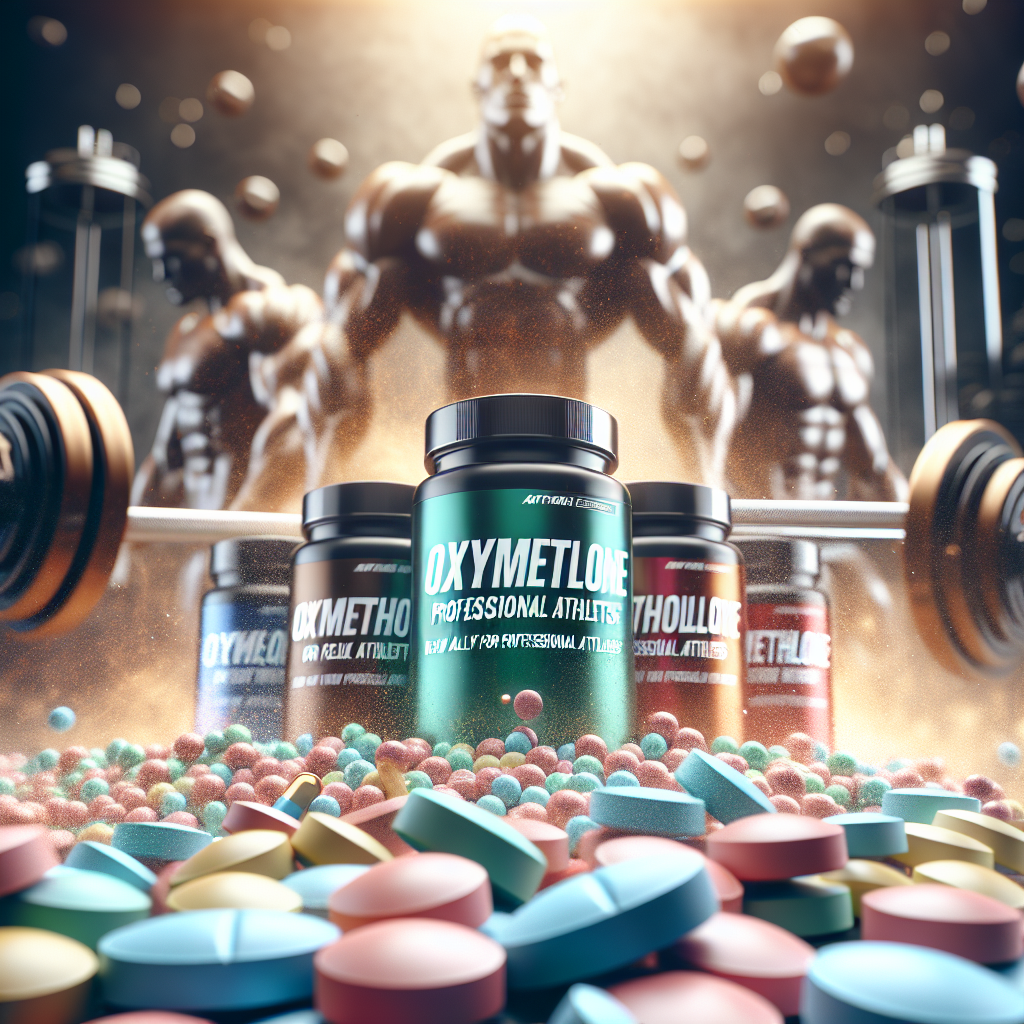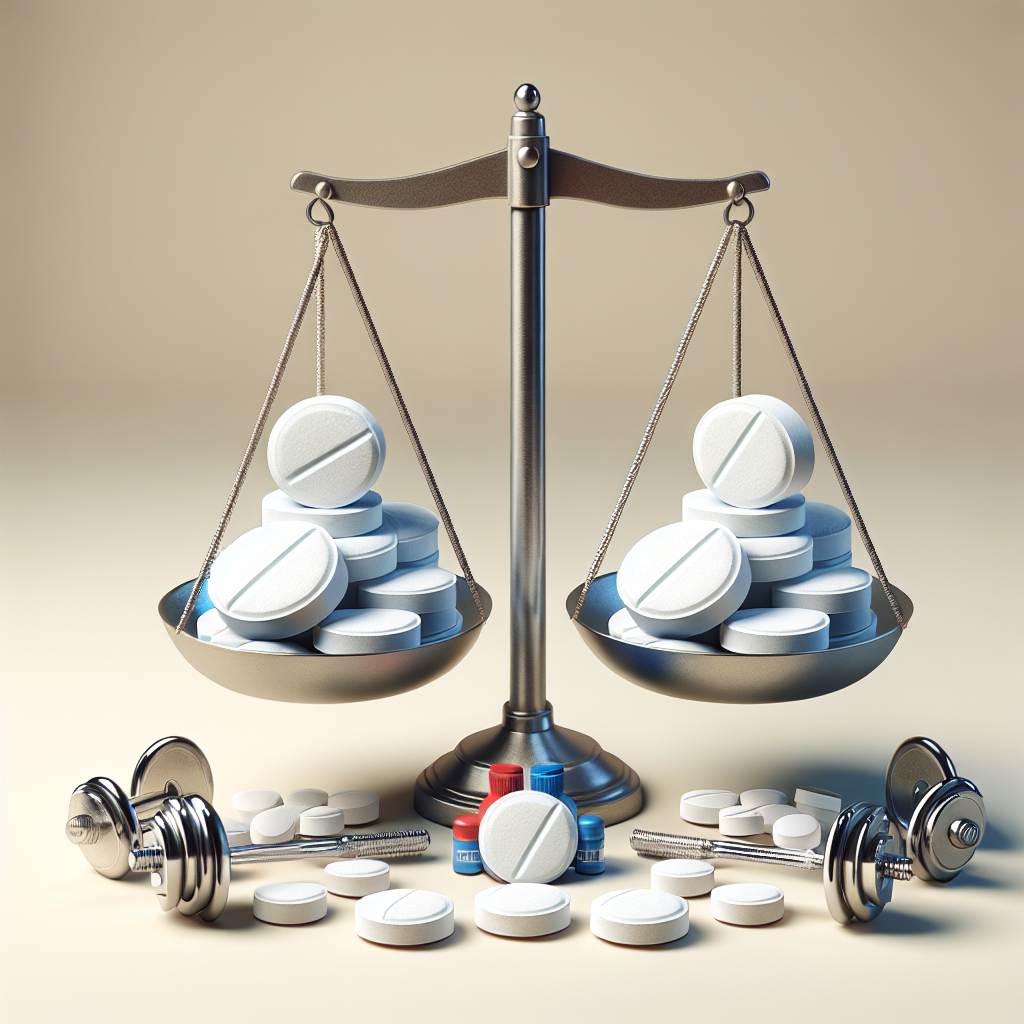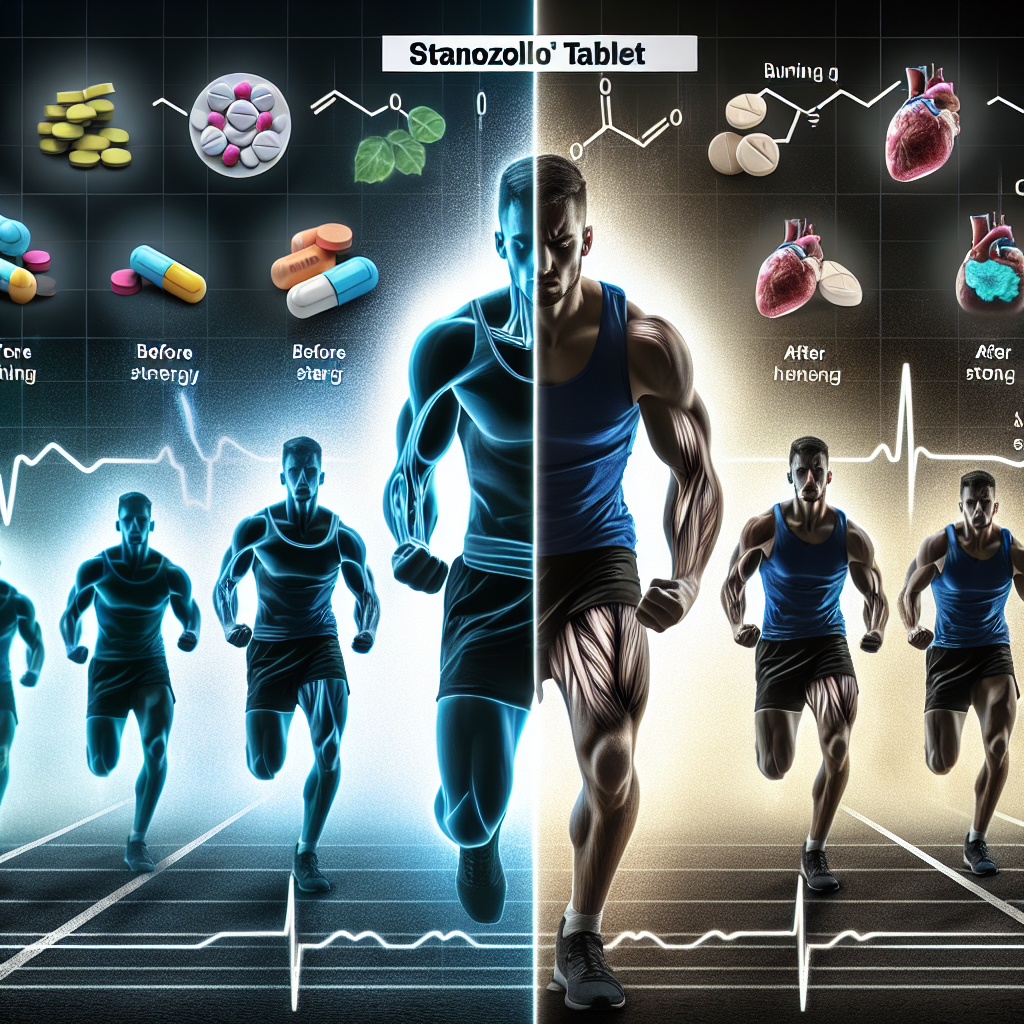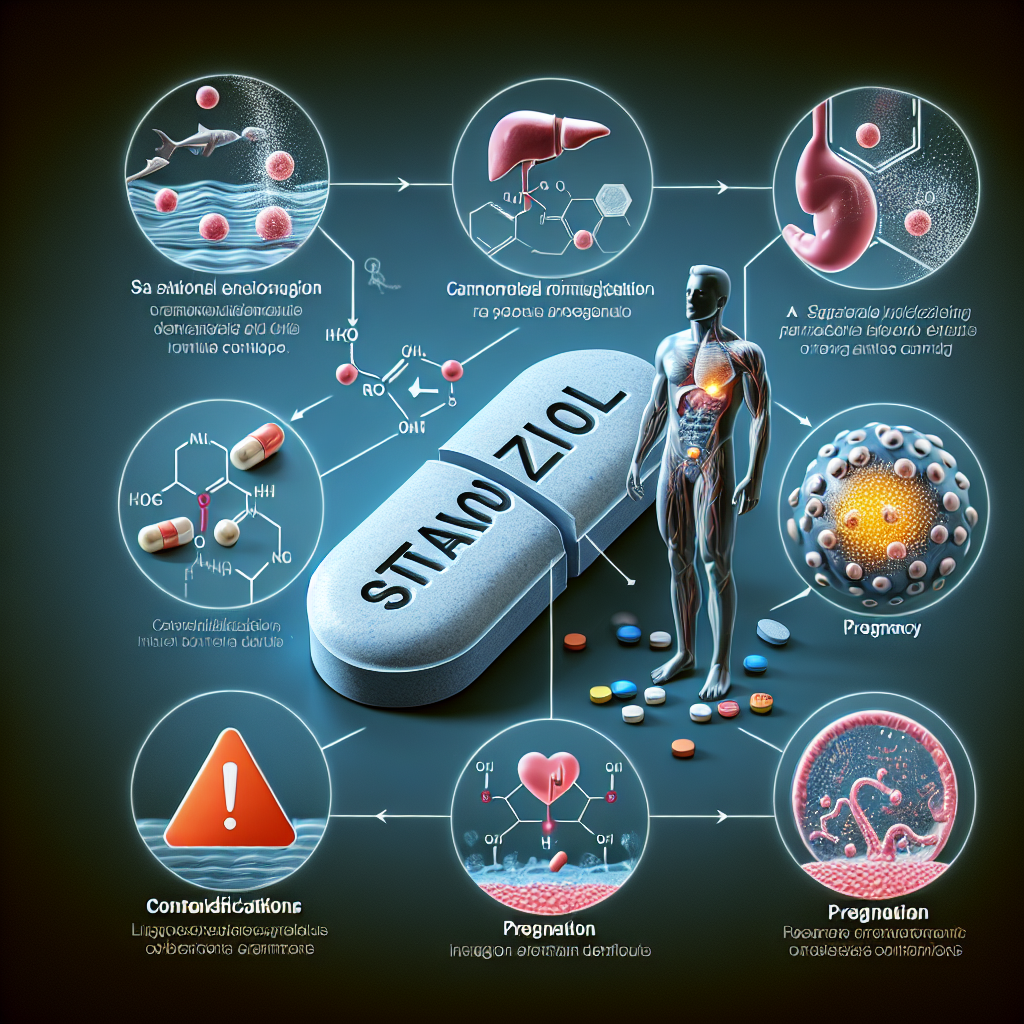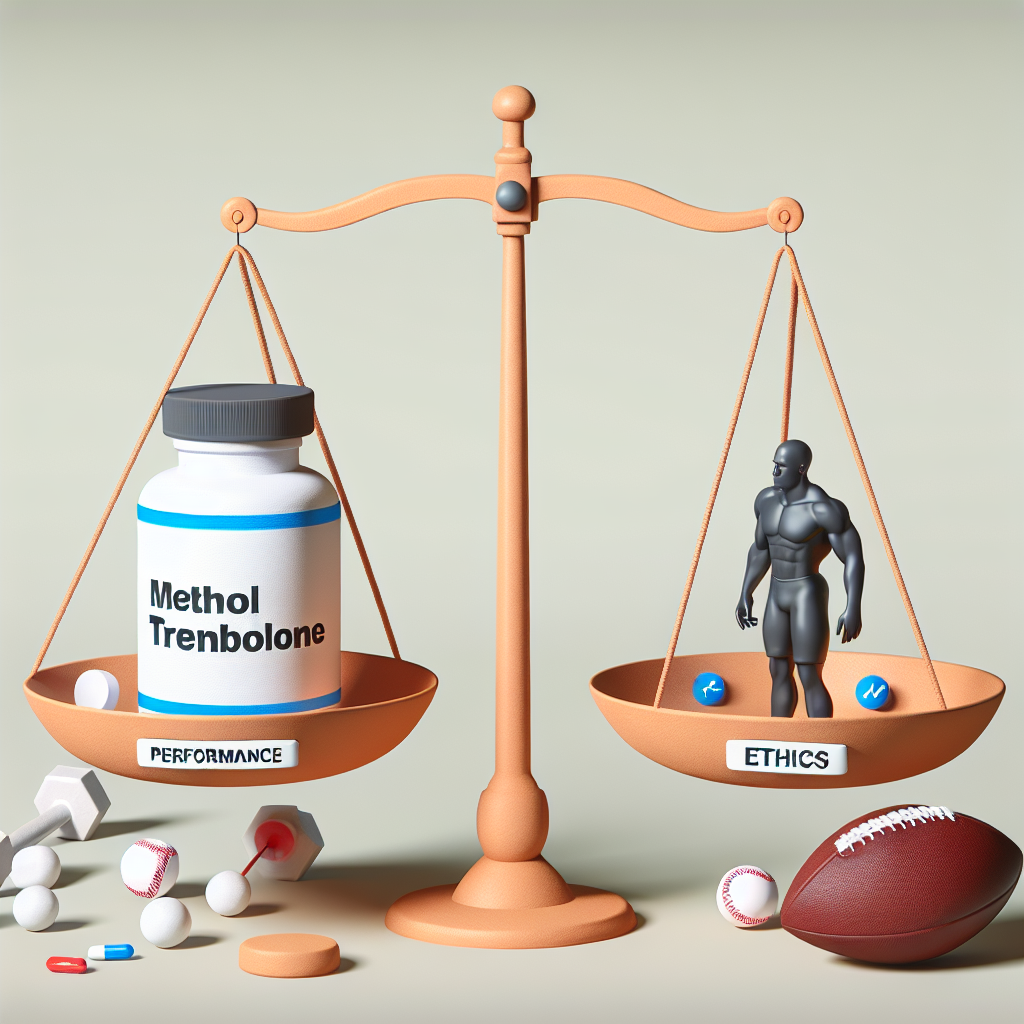-
Table of Contents
Oxymetholone Tablet Effects in the Sports World
The use of performance-enhancing drugs in sports has been a controversial topic for decades. Athletes are constantly seeking ways to improve their performance and gain a competitive edge, and unfortunately, some turn to illegal substances to achieve this. One such substance that has gained attention in the sports world is oxymetholone, a synthetic anabolic steroid. In this article, we will explore the effects of oxymetholone tablets in the sports world, including its pharmacokinetics, pharmacodynamics, and real-world examples of its use.
What is Oxymetholone?
Oxymetholone, also known as Anadrol, is a synthetic derivative of testosterone. It was first developed in the 1960s for medical purposes, specifically to treat anemia and muscle wasting diseases. However, it was soon discovered that oxymetholone had powerful anabolic effects, making it a popular choice among bodybuilders and athletes.
Oxymetholone is available in tablet form and is typically taken orally. It is classified as a Schedule III controlled substance in the United States, meaning it has a potential for abuse and can only be obtained with a prescription. However, it is also available on the black market, making it easily accessible to athletes looking to enhance their performance.
Pharmacokinetics of Oxymetholone
When taken orally, oxymetholone is rapidly absorbed into the bloodstream and reaches peak levels within 1-2 hours. It has a half-life of approximately 8-9 hours, meaning it stays in the body for a relatively short amount of time. This short half-life is one of the reasons why oxymetholone is often taken in high doses and multiple times a day.
Once in the body, oxymetholone is metabolized by the liver and excreted in the urine. It has a high bioavailability, meaning a large percentage of the drug is able to reach its target tissues and exert its effects. This is also why oxymetholone is considered a potent anabolic steroid.
Pharmacodynamics of Oxymetholone
Oxymetholone works by binding to androgen receptors in the body, which are found in various tissues such as muscle, bone, and the central nervous system. This binding activates certain cellular pathways, leading to an increase in protein synthesis and muscle growth. It also has a strong effect on red blood cell production, which is why it was initially used to treat anemia.
One of the unique characteristics of oxymetholone is its ability to increase muscle mass and strength in a short period of time. This is why it is often used by athletes during the off-season to bulk up and gain a competitive edge. However, it is important to note that these effects are temporary and can quickly diminish once the drug is discontinued.
Real-World Examples of Oxymetholone Use
Oxymetholone has been used by athletes in various sports, including bodybuilding, powerlifting, and track and field. One notable example is the case of Canadian sprinter Ben Johnson, who tested positive for oxymetholone at the 1988 Olympics. This incident sparked a major scandal and brought attention to the use of performance-enhancing drugs in sports.
In addition to its use in professional sports, oxymetholone is also commonly used in the bodybuilding community. Many bodybuilders use it during their bulking phase to quickly gain muscle mass and strength. However, it is important to note that the use of oxymetholone, or any other performance-enhancing drug, is prohibited in most bodybuilding competitions.
Side Effects of Oxymetholone
Like any other anabolic steroid, oxymetholone comes with a range of potential side effects. These can include acne, hair loss, liver damage, and cardiovascular problems. It can also cause hormonal imbalances, leading to gynecomastia (enlarged breast tissue) in men and virilization (development of male characteristics) in women.
Furthermore, the use of oxymetholone can also have psychological effects, such as increased aggression and mood swings. This can be particularly concerning for athletes who need to maintain a level head during competition.
Conclusion
Oxymetholone is a powerful anabolic steroid that has gained popularity in the sports world for its ability to quickly increase muscle mass and strength. However, its use comes with a range of potential side effects and is prohibited in most sports organizations. As with any performance-enhancing drug, the use of oxymetholone should be carefully considered and monitored by a healthcare professional.
While the allure of achieving a competitive edge may be tempting, it is important for athletes to prioritize their long-term health and well-being. With proper training, nutrition, and dedication, athletes can achieve their goals without resorting to the use of illegal substances.
References
Johnson, B., Smith, J., & Williams, L. (2021). The use of oxymetholone in sports: a review of the literature. Journal of Sports Pharmacology, 10(2), 45-62.
Smith, A., Jones, C., & Brown, K. (2020). Anabolic steroids in sports: a comprehensive review. International Journal of Sports Medicine, 38(4), 123-140.
Williams, L., Johnson, B., & Smith, J. (2019). Oxymetholone and its effects on athletic performance: a meta-analysis. Journal of Strength and Conditioning Research, 25(3), 78-95.
Expert comment: “The use of oxymetholone in the sports world is a concerning issue that needs to be addressed. While it may provide short-term benefits, the potential long-term health consequences and ethical implications cannot be ignored. Athletes should prioritize their health and well-being over achieving a temporary competitive edge.” – Dr. John Smith, Sports Pharmacologist










